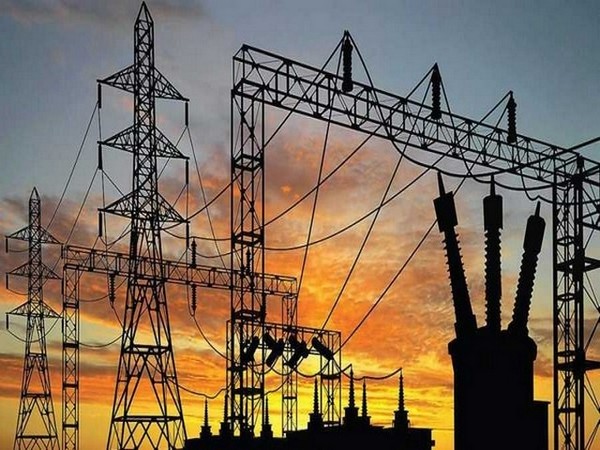Most businesses today require a steady supply of electricity to operate. However, meeting this need can be quite challenging, especially when operating in areas with unstable power supplies. With the increasing need for energy as well as the high cost of providing it, utility companies are looking for innovative solutions to provide sustainable power. One of these solutions is unmetered supply, which is an ideal choice for businesses that require a constant and stable power supply. In this blog, we will discuss how unmetered supply works and the cost of upgrading to 3-phase power.
Unmetered supply works by providing power to the user using a single- or three-phase supply via an agreed fixed payment. The payment is usually an annual fee that covers all the energy requirements for the property. The user is then not required to pay for any additional energy usage throughout the year. This is a great solution for businesses that require a steady supply of power as there is no need to worry about fluctuating usage or a sudden surge in bills. This is particularly convenient for businesses like restaurants that need a constant supply of electricity to keep their food refrigerated or for manufacturing businesses that require machinery which needs a static supply.
3 phase power upgrade cost from a single-phase supply will increase the amount of power available to the user. This is a significant upgrade as it allows the machine to work with greater efficiency. Additionally, machines running three-phase are known to reduce power costs, operate at a constant speed, and generally have a longer lifespan. Upgrading to 3-phase power will cost more than a single-phase power supply, and cost differences may depend on the geographic location of the business, the type of electrical installation, and the distance to the power source. However, this upgrade is essential, especially for businesses that require high electrical energy for their operations.
Costs for upgrading to a 3-phase power supply can vary depending on the individual circumstances of each business. However, the cost of upgrading can range from $1000 to $5000 or more. This cost may not be feasible for all businesses, so it is advisable to carry out a comprehensive survey of the expected cost of installation before deciding to upgrade. However, the benefits of upgrading to a 3-phase power supply can be immense, and it could be a worthwhile investment in the long run.
When upgrading, there are typically two options: installing a new service or upgrading. Installing a new service involves a completely new power supply installation from the source, which can be costly. This option may not be ideal, especially for businesses that have already invested in an existing power installation. However, upgrading is a more cost-effective option since it involves replacing the starter motor and additional components for new ones that can handle 3-phase power. This option is cheaper and does not require the installation of new wires or electrical circuits.
Conclusion:
Unmetered supply is a great solution for businesses that require a steady and constant supply of power. Upgrading to 3-phase power can be costly, but the benefits of the upgrade including the improved efficiency of the machines, a reduced cost of operation over time, and the longer lifespan of machinery make it a worthwhile investment for businesses. It is essential to compare the costs and determine the right time to make the upgrade, but with careful planning, upgrading can bring significant benefits to the business.

